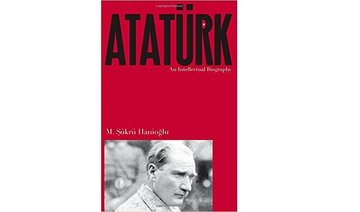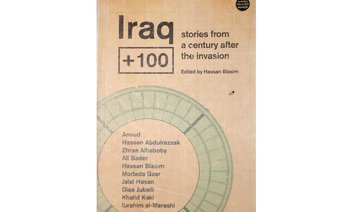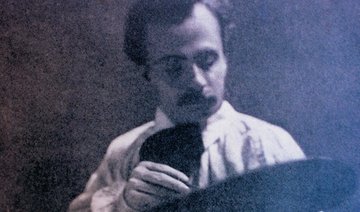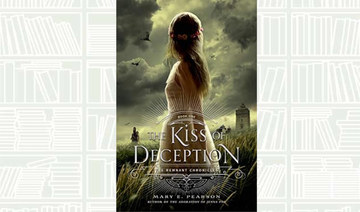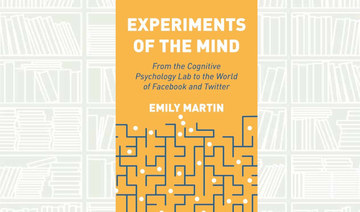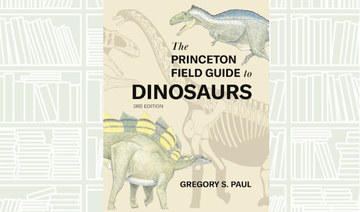“The Shell” is the debut novel of Syrian exile Mustafa Khalifa. It is a terrifyingly realistic account of a man who is mistakenly arrested for being an extremist, and is thrown into a desert prison for 14 years without trial. Originally written in Arabic and published in 2006 in Lebanon, the novel was translated into English by award-winning translator Paul Starkey in 2017.
The novel begins with the narrator leaving Paris after graduating from film school. He longs to go back home to Syria. In France he will always be treated like a foreigner, but in Syria he has the opportunity to shine and “confirm my own existence.”
But the moment he steps off the plane and into passport control, his life changes. In what feels like minutes, he has been transferred to a security detention center and is being tortured for information. He is accused of being a member of the Muslim Brotherhood, whose soul mission is to oust the president. He repeatedly tells them he is an atheist and former Christian. His pleas fall on deaf ears, and will do so for years to come.
“The Shell” is not for the fainthearted. It does not read like a novel but like a diary, as Khalifa intended. The way he describes the physical and psychological torture leaves readers feeling as helpless as the narrator. The way it is written and the way the torture is described, it is as if the reader is in the cell with him enduring those long, painful, soul-crushing years. Khalifa’s novel is dark with small bouts of light. It is menacing, heartbreaking and at times kind.
It is a complete picture of the brutality of power and of those who are hired to oversee it. For 14 years, the narrator did not have any writing implements, and so commits himself to “mental writing.” Taking his cue from youths learning the Qur’an from the sheikhs in jail, he commits his prison life to memory. “I’d already gradually converted my mind into a tape recorder, on which I recorded everything I saw and some of what I heard.”
The narrator quickly discovers the cruelty of everyday life in the prison at the hands of guards, soldiers and military police. The prison is massive, with seven yards, 37 dormitories and new wings being built. It is where he loses himself and finds himself a different man. It is where he spends most of his youth, from his late 20s through his 30s. He is shunned by other prisoners for being Christian and therefore a government spy.
He eventually finds his voice and his courage, but not without consequence. Many times in prison, the narrator is broken and pieced back together, mentally and physically. “My professional and artistic sensibility was crouching in a far-off corner, watching but not intervening — a sensibility that remained beyond the domain of pain and anxiety, awake and neutral, observing and recording however great my own psychological and physical pain.”
For 14 years, the narrator lives with hundreds of prisoners, guards and military police, his life hanging in the balance. He lives among many accused radicals in Yard 1, where “hell opened its widest doors, and we were its fuel!” Among the prison population, the “municipals” — imprisoned soldiers — are top of the food chain.
Then come the “fedayeen,” physically strong young volunteers who undertake important tasks. They bring food to cells, and take the place of the elderly and sick when it comes to torture. “Their actions were characterized by great sincerity and an abandon that sprang from deep faith.”
But each ignores the narrator, who must fight battles on all fronts. He must save his life from radicals who believe he is not pure and so should be killed, and from the cruelty of the prison police, adjutant and governor. When he hears the key in the cell door, he feels a pang of fear that at any moment his life could be gone. Besides torture, the narrator endures the summer heat and winter chill.
Khalifa’s novel is menacing and difficult to read, but within the torture and the distress are glimmers of insight and life from a perspective that can only come from a caged man. His novel is methodical, each sentence wrapping itself around the narrator to create his shell.
The reader is in the cell with him throughout. Khalifa writes of clear and stark contradictions, of power struggles that strip away humanity. Bleak but brave, the novel is a window into a world hidden from view, with only echoes of fading screams reaching distant ears. “As the days go by, and the succession of deaths continues, the parts that die inside us become more numerous, and the area occupied by death grows larger. I hold a graveyard inside me.”
Book Review: Diary of a caged man
Book Review: Diary of a caged man

What We Are Reading Today: ‘Counterrevolution’ by Melinda Cooper
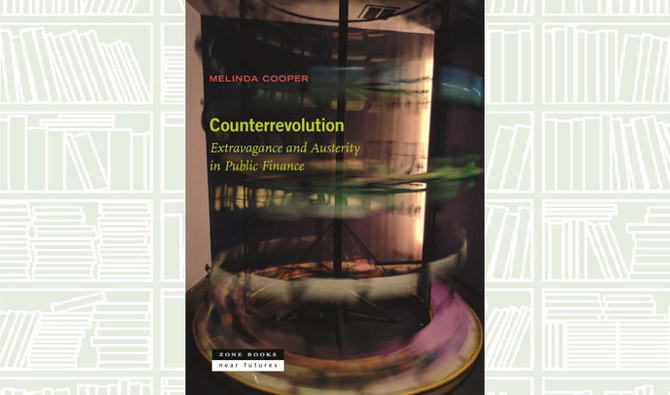
At the close of the 1970s, government treasuries and central banks took a vow of perpetual self-restraint.
To this day, fiscal authorities fret over soaring public debt burdens, while central bankers wring their hands at the slightest sign of rising wages.
As the brief reprieve of coronavirus spending made clear, no departure from government austerity will be tolerated without a corresponding act of penance.
What We Are Reading Today: ‘The Kiss of Deception’
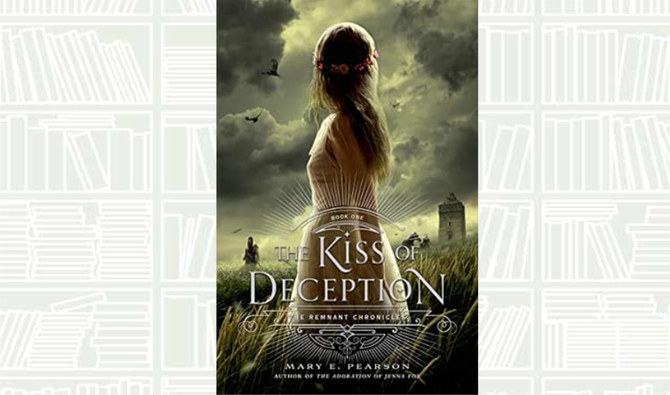
- The novel is written in a distinctive style, with Lia’s perspective telling the first half of the story and Rafe and Kaden’s narrative telling the second
Author: Mary E. Pearson
“The Kiss of Deception” by Mary E. Pearson, the first book in the “Remnant Chronicles” series, is a young adult fantasy novel published in 2014 that follows the story of Lia, the princess of the Kingdom of Morrighan. She is set to marry a prince from a neighboring country whom she has never met, but insted decides to run away on her wedding day.
The plot thickens as Lia is on the brink of unlocking perilous secrets and finds herself falling in love. The book introduces a diverse cast of characters, including Lia’s best friend Pauline, and two young men named Rafe and Kaden, who have their own secrets and motives.
The fantasy novel establishes the groundwork for an interesting and exciting story with a compelling plot and well-rounded characters.
The novel is written in a distinctive style, with Lia’s perspective telling the first half of the story and Rafe and Kaden’s narrative telling the second.
The story has more depth because of its narrative style, which gives readers a glimpse into the motivations and mindset of each character.
The reader is drawn into Morrighan’s world and kept interested in the plot by Pearson’s vivid and captivating language. The novel moves along at a good clip, with action and tension increasing throughout to provide a satisfying finish. The world-building is also well-crafted, with intricate details and a rich history that adds depth to the story.
However, the novel’s main mystery is solved early on, which takes a significant amount of the narrative’s tension and suspense away. Even while the world-building and character development are excellent, some readers might find it challenging to immerse themselves in the story completely due to its predictable plot.
As the characters work through a convoluted web of lies and covert objectives, “The Kiss of Deception” tackles many topics, including destiny, responsibility, adventure, love, and friendship. It also dives deeply into the theme of deception and secrets.
Readers are reminded of the value of self-discovery and remaining true to oneself despite social pressures and expectations through Lia’s journey.
“The Kiss of Deception” marked a notable contribution to the young adult genre, particularly in the realm of fantasy. The novel offers a unique take on the traditional princess story, with a strong and independent female protagonist who is not defined by her royal status.
People of color are among the book’s varied array of characters, which is still uncommon in mainstream young adult fiction. All things considered, “The Kiss of Deception” is a unique and refreshing addition to the canon of young adult fantasy.
What We Are Reading Today: ‘Experiments of the Mind’
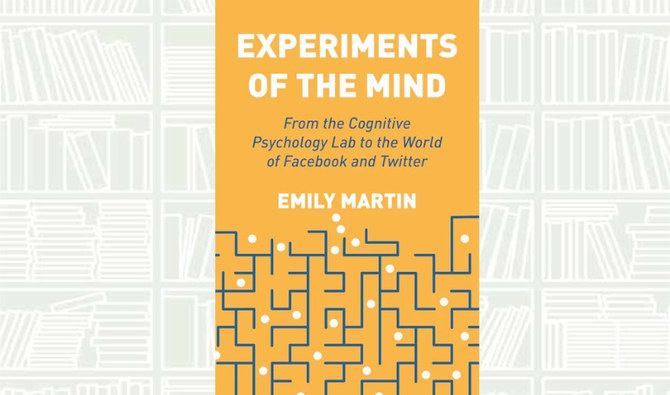
Author: EMILY MARTIN
Experimental cognitive psychology research is a hidden force in our online lives. We engage with it, often unknowingly, whenever we download a health app, complete a Facebook quiz, or rate our latest purchase.
How did experimental psychology come to play an outsized role in these developments? “Experiments of the Mind” considers this question through a look at cognitive psychology laboratories. Emily Martin traces how psychological research methods evolved, escaped the boundaries of the discipline, and infiltrated social media and our digital universe.
What We Are Reading Today: ‘Quantitative Biosciences Companion in Python’
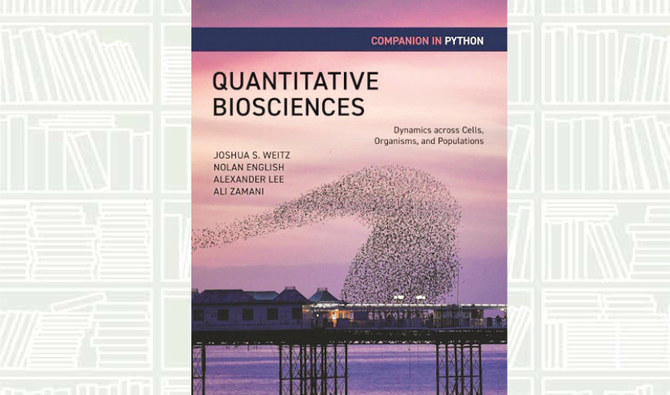
Authors: JOSHUA S. WEITZ, NOLAN ENGLISH, ALEXANDER LEE, AND ALI ZAMANI
This lab guide accompanies the textbook “Quantitative Biosciences,” providing students with the skills they need to translate biological principles and mathematical concepts into computational models of living systems.
This hands-on guide uses a case study approach organized around central questions in the life sciences, introducing landmark advances in the field while teaching students—whether from the life sciences, physics, computational sciences, engineering, or mathematics—how to reason quantitatively in the face of uncertainty.
What We Are Reading Today: Heart of Darkness: Unraveling the Mysteries of the Invisible Universe
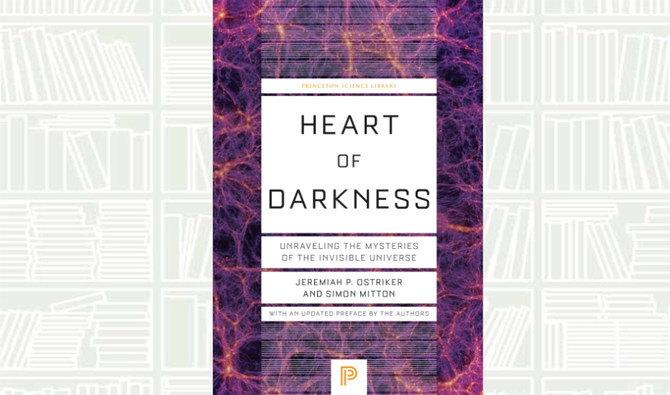
- The story of how evidence for the so-called “Lambda-Cold Dark Matter” model of cosmology has been gathered by generations of scientists throughout the world is told here by one of the pioneers of the field, Jeremiah Ostriker, and his coauthor Simon Mitton
Authors: Jeramiah P. Ostriker and Simmon Mitton
Heart of Darkness describes the incredible saga of humankind’s quest to unravel the deepest secrets of the universe. Over the past 40 years, scientists have learned that two little-understood components—dark matter and dark energy—comprise most of the known cosmos, explain the growth of all cosmic structure, and hold the key to the universe’s fate.
The story of how evidence for the so-called “Lambda-Cold Dark Matter” model of cosmology has been gathered by generations of scientists throughout the world is told here by one of the pioneers of the field, Jeremiah Ostriker, and his coauthor Simon Mitton.
From humankind’s early attempts to comprehend Earth’s place in the solar system, to astronomers’ exploration of the Milky Way galaxy and the realm of the nebulae beyond, to the detection of the primordial fluctuations of energy from which all subsequent structure developed, this book explains the physics and the history of how the current model of our universe arose and has passed every test hurled at it by the skeptics.
This monumental puzzle is far from complete, however, as scientists confront the mysteries of the ultimate causes of cosmic structure formation and the real nature and origin of dark matter and dark energy.


